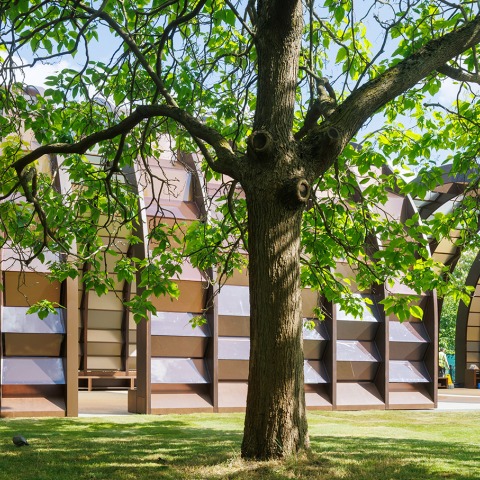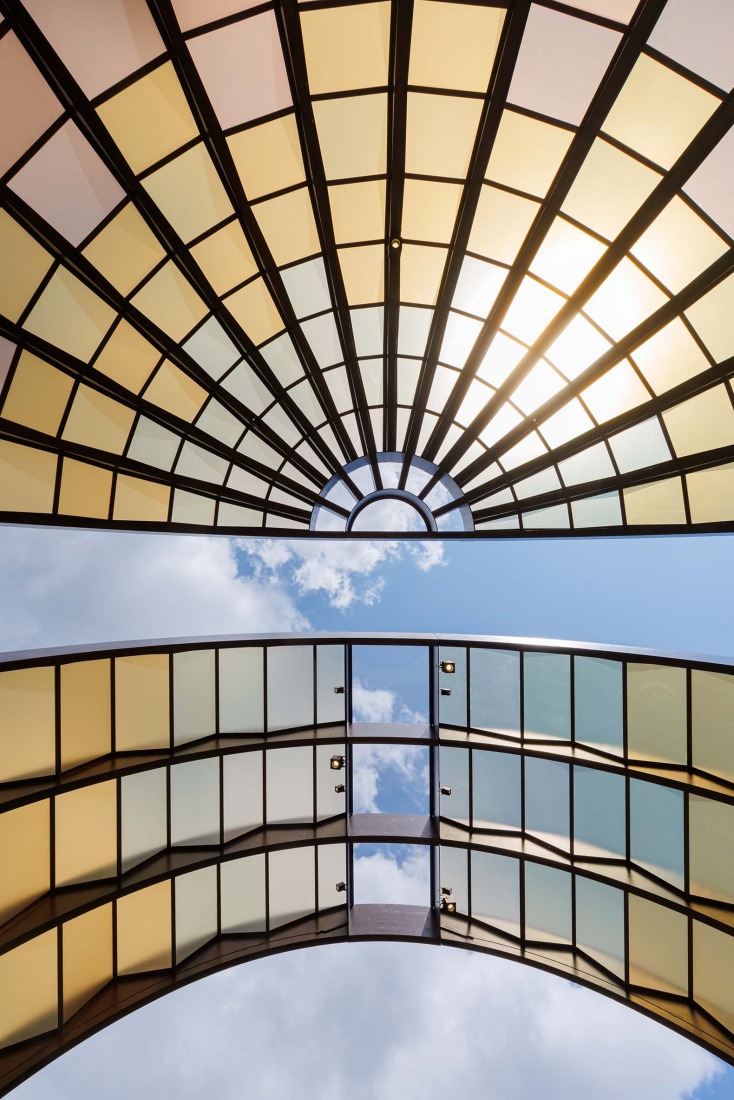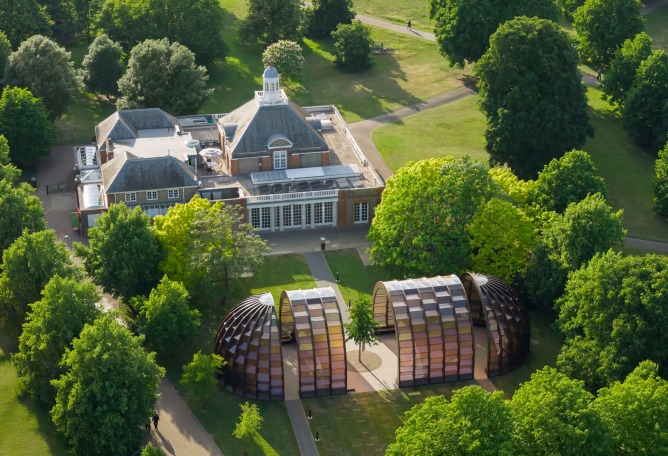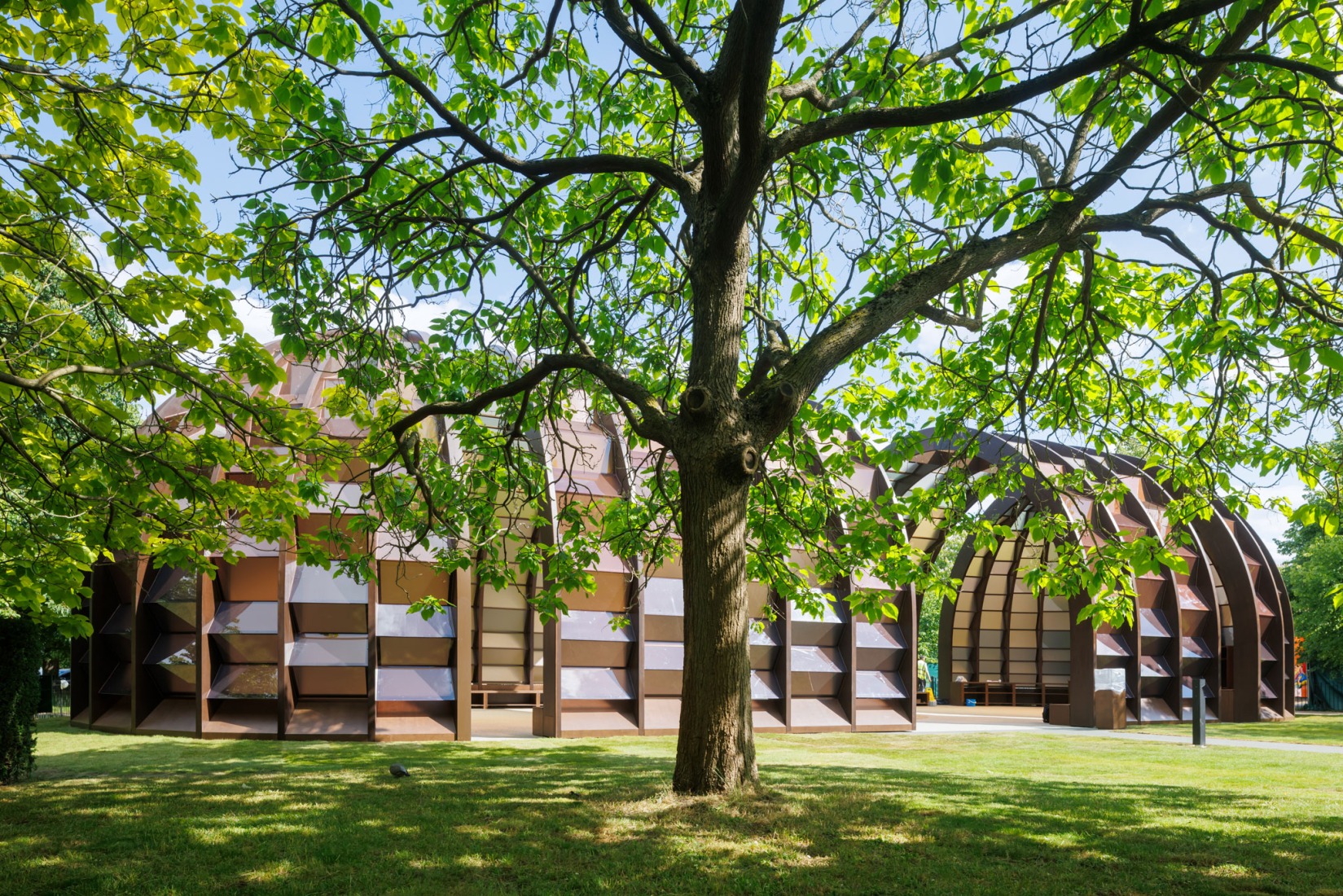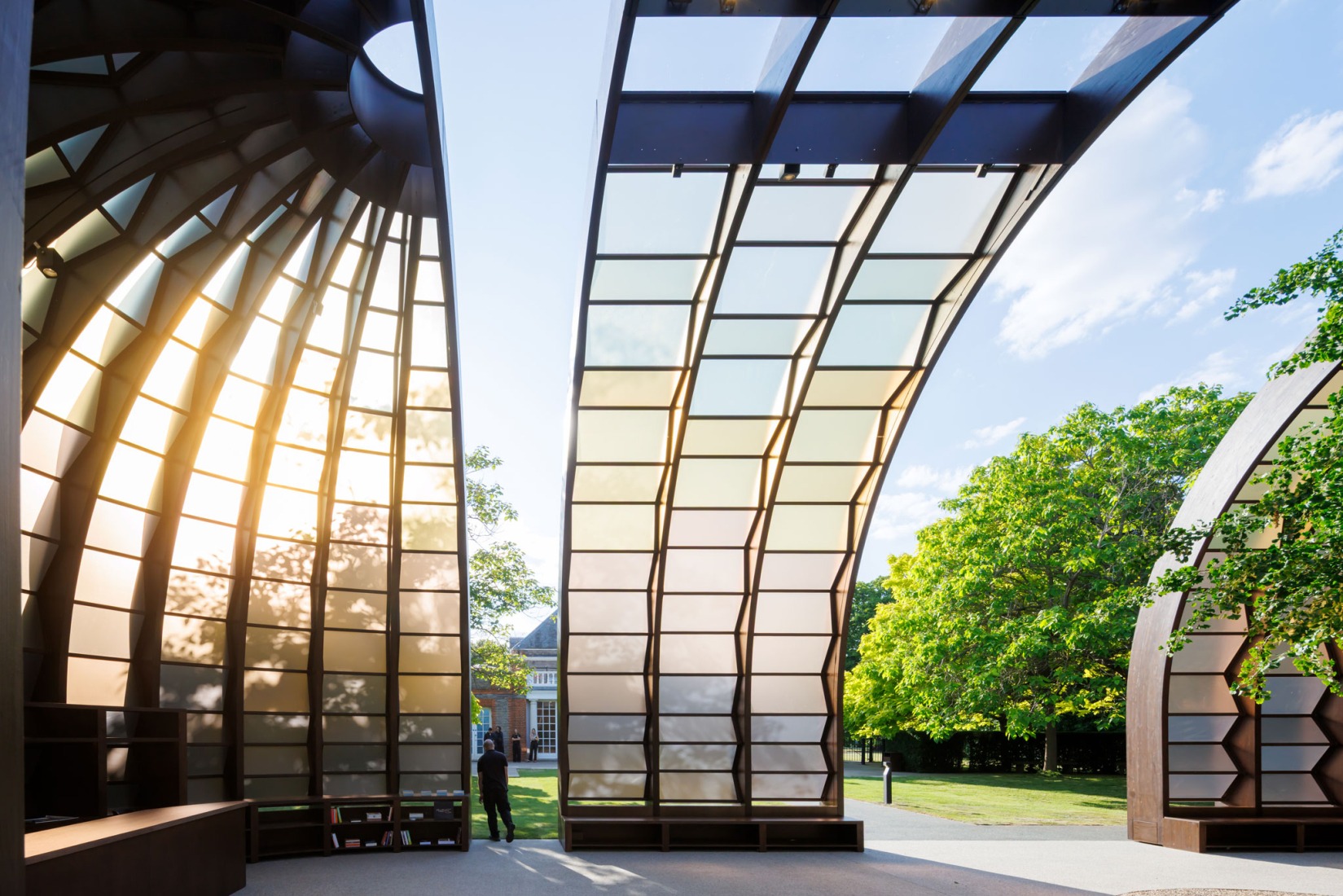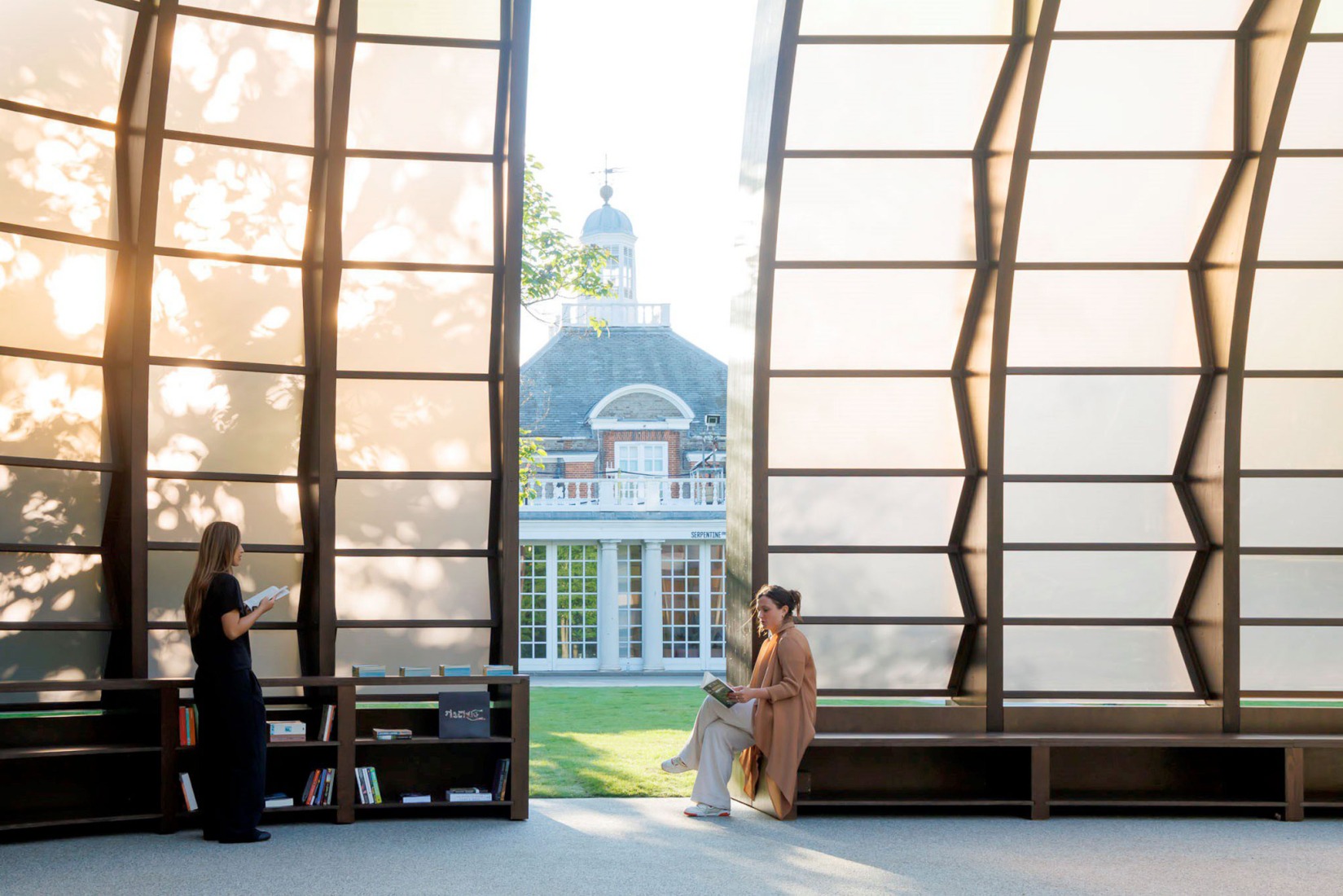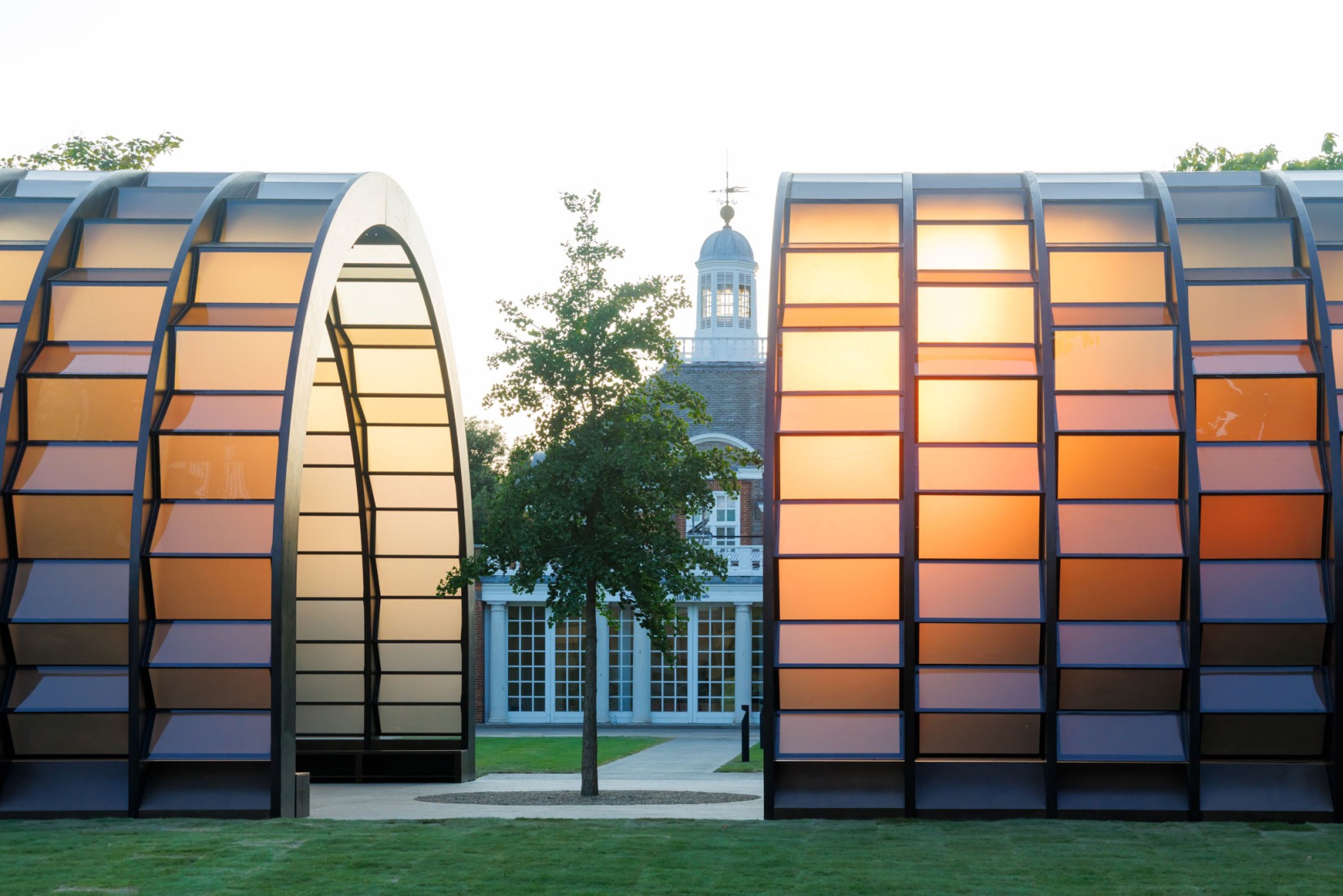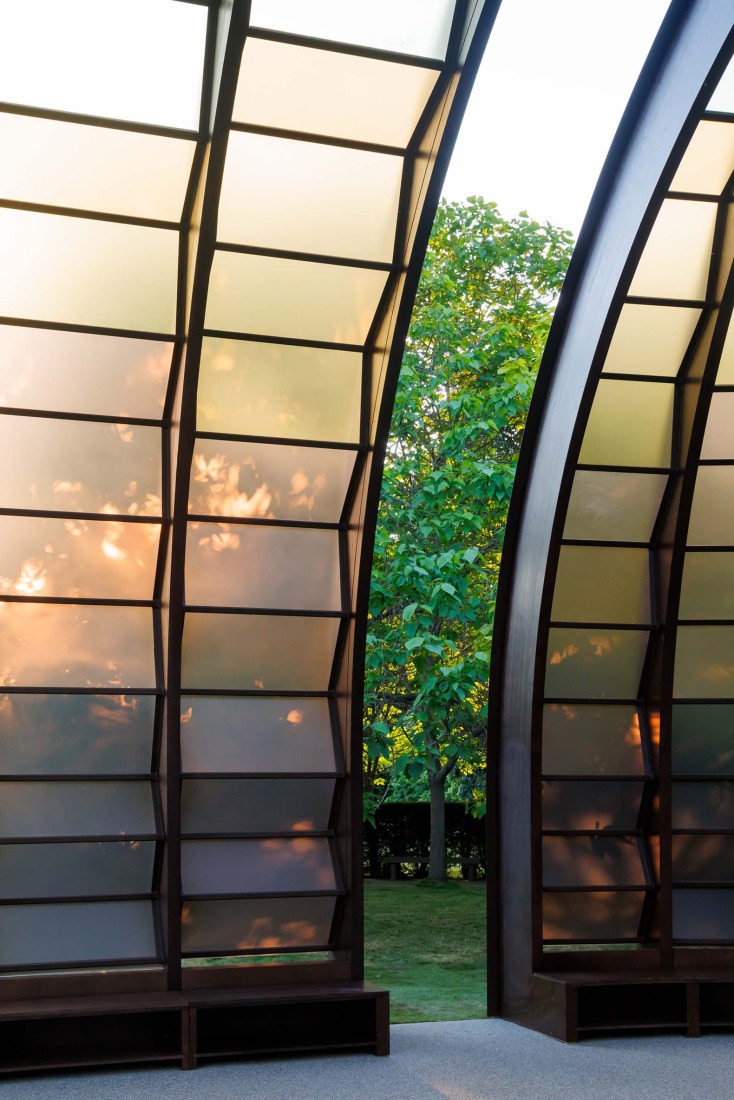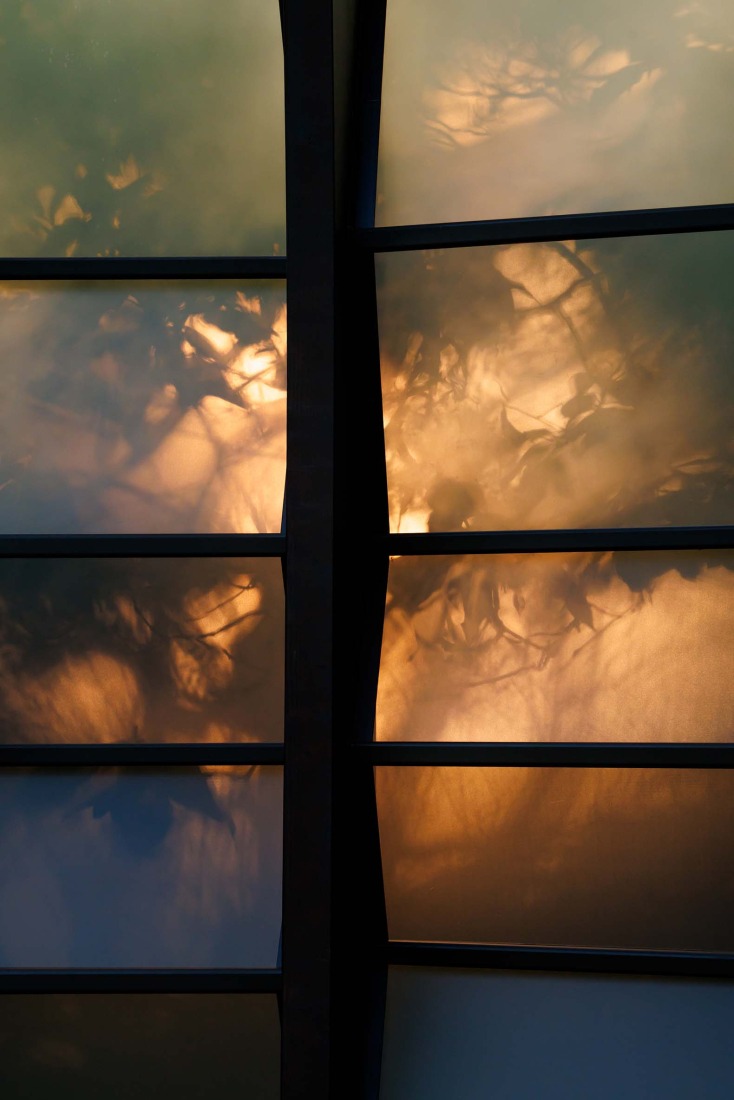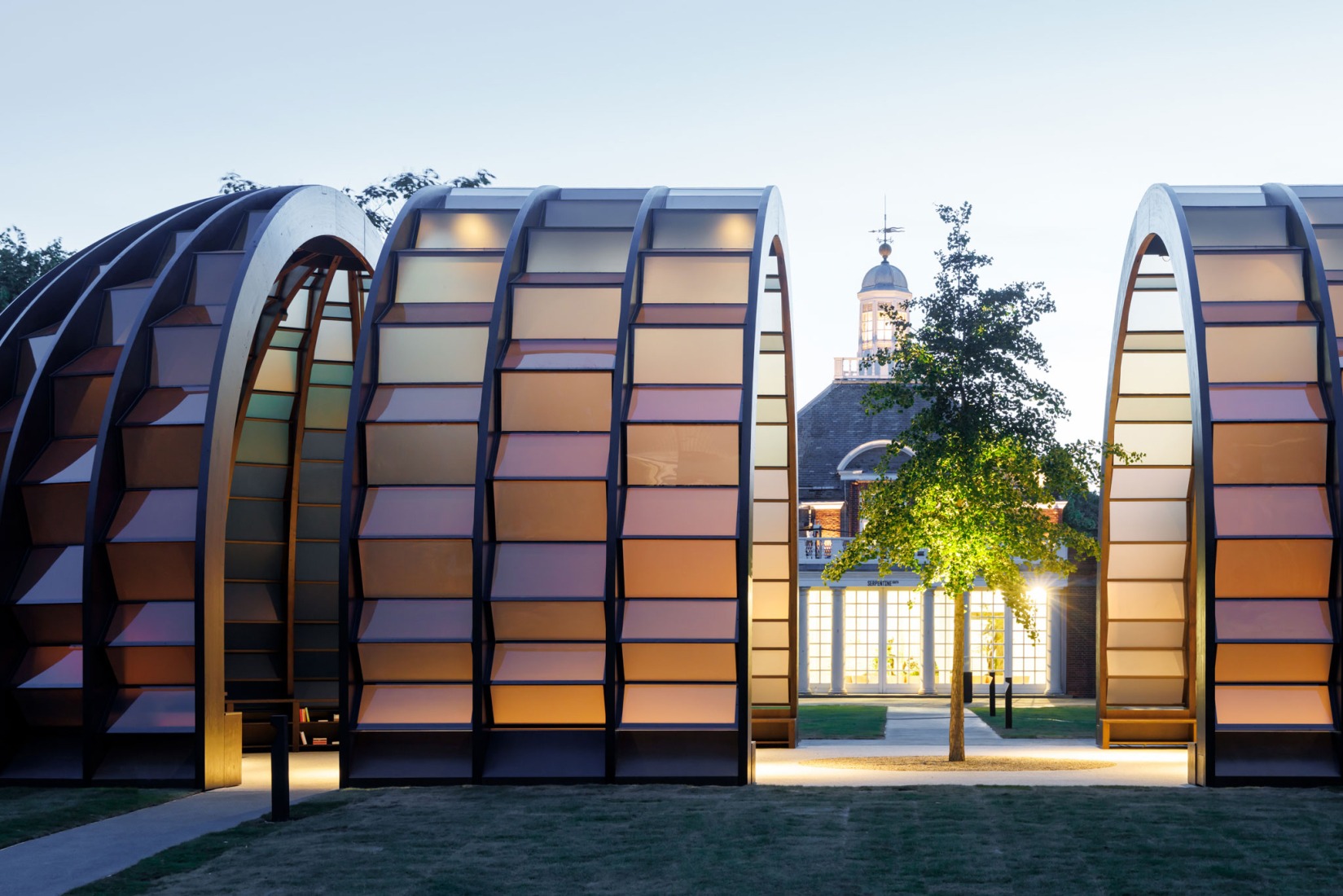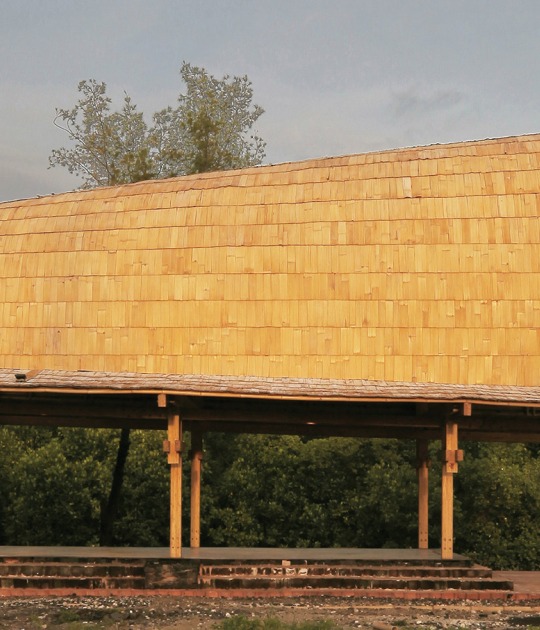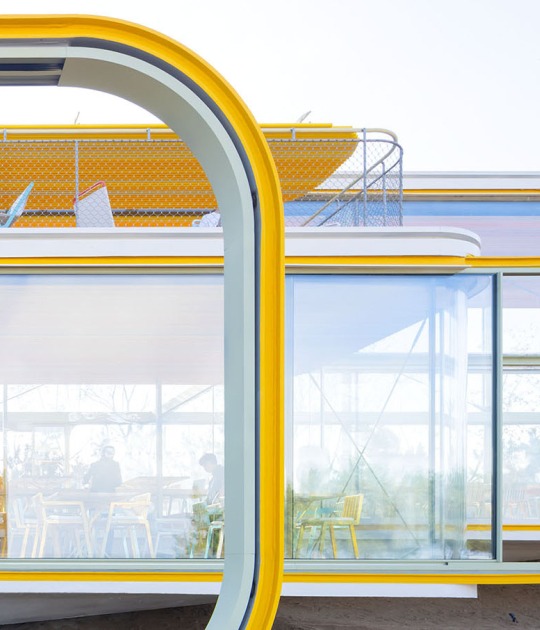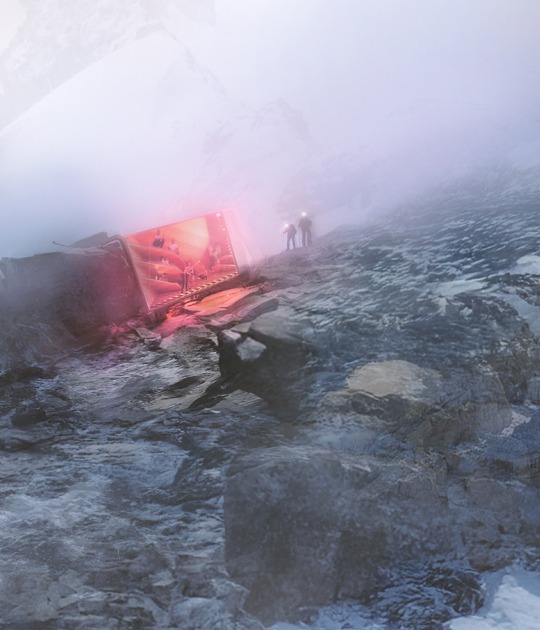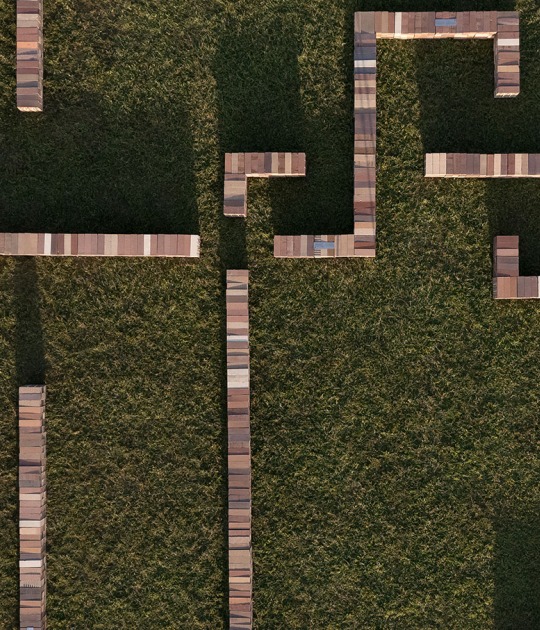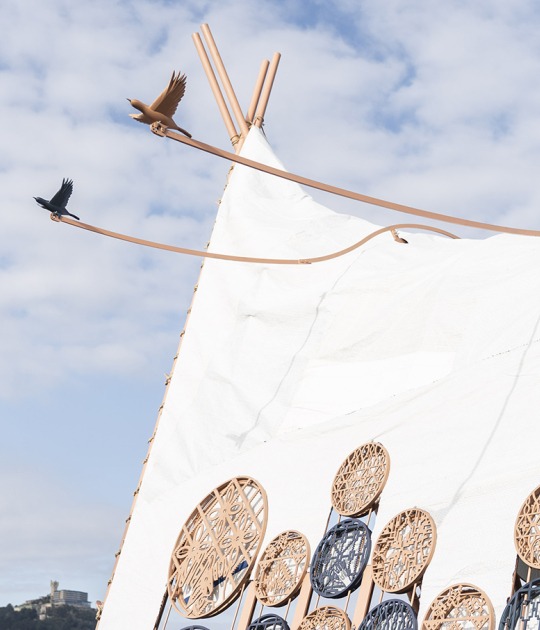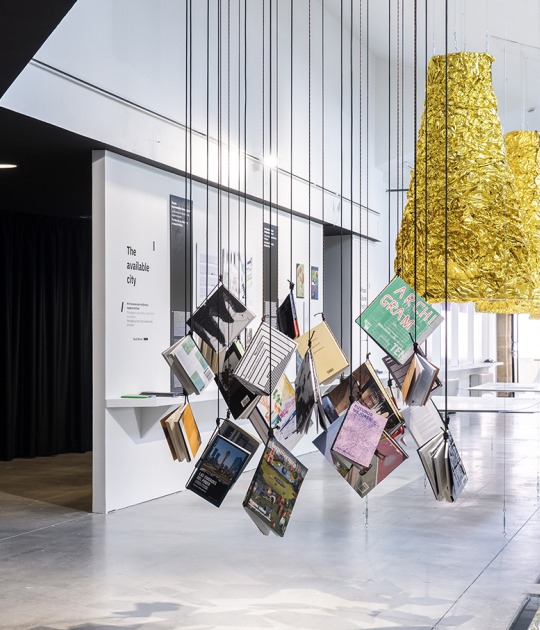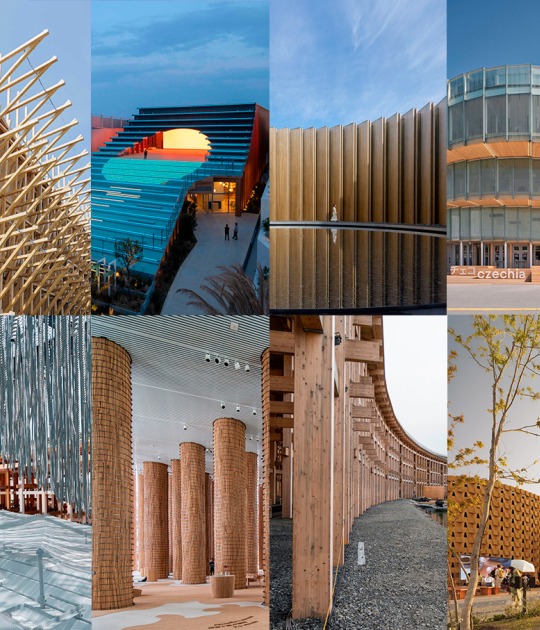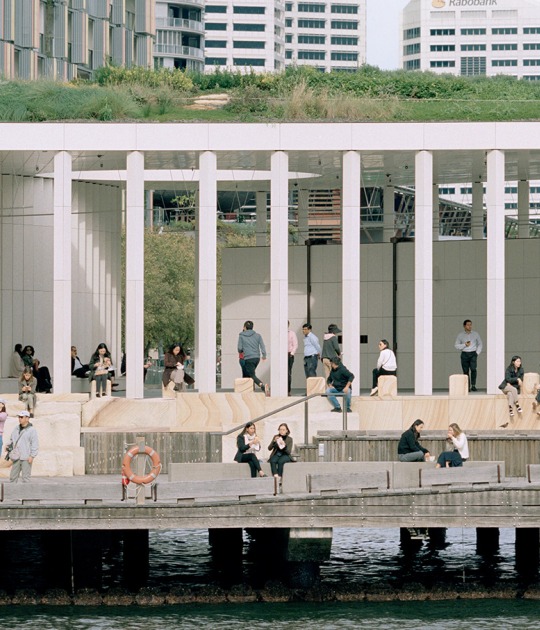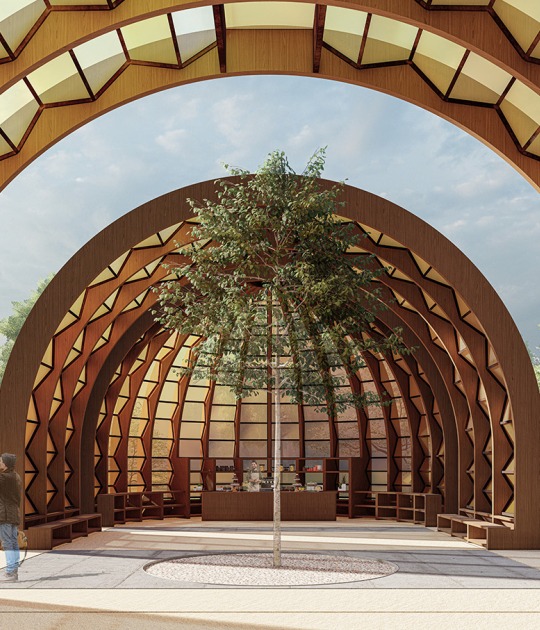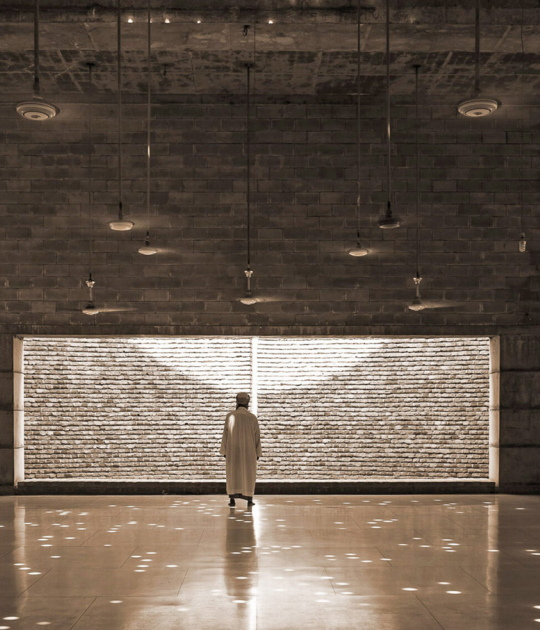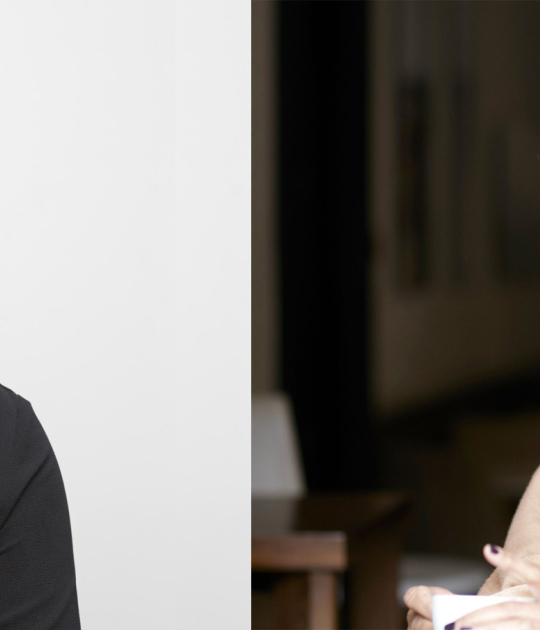Celebrated for her work that seeks to establish an architectural language that is contemporary while rooted and engaging with place, climate, context, culture and history, Tabassum’s design will resonate with Serpentine South and aims to prompt a dialogue between the permanent and the ephemeral nature of the commission.
The 2025 Pavilion is elongated in the north-south direction and features a central court that aligns with Serpentine South’s bell tower. Inspired by the tradition of park-going and arched garden canopies that filter soft daylight through green foliage, the sculptural quality of the Pavilion is comprised of four wooden capsule forms with a translucent façade that diffuses and dapples light when infiltrating the space.
Marking the first structure by Tabassum to be built entirely from wood, it also employs light as a way to enhance the qualities of the space. Emphasising the sensory and spiritual possibilities of architecture through scale, geometry and the interplay of light and shadow, Tabassum’s design also features a kinetic element where one of the capsule forms can move and connect, transforming the Pavilion into a new spatial configuration.
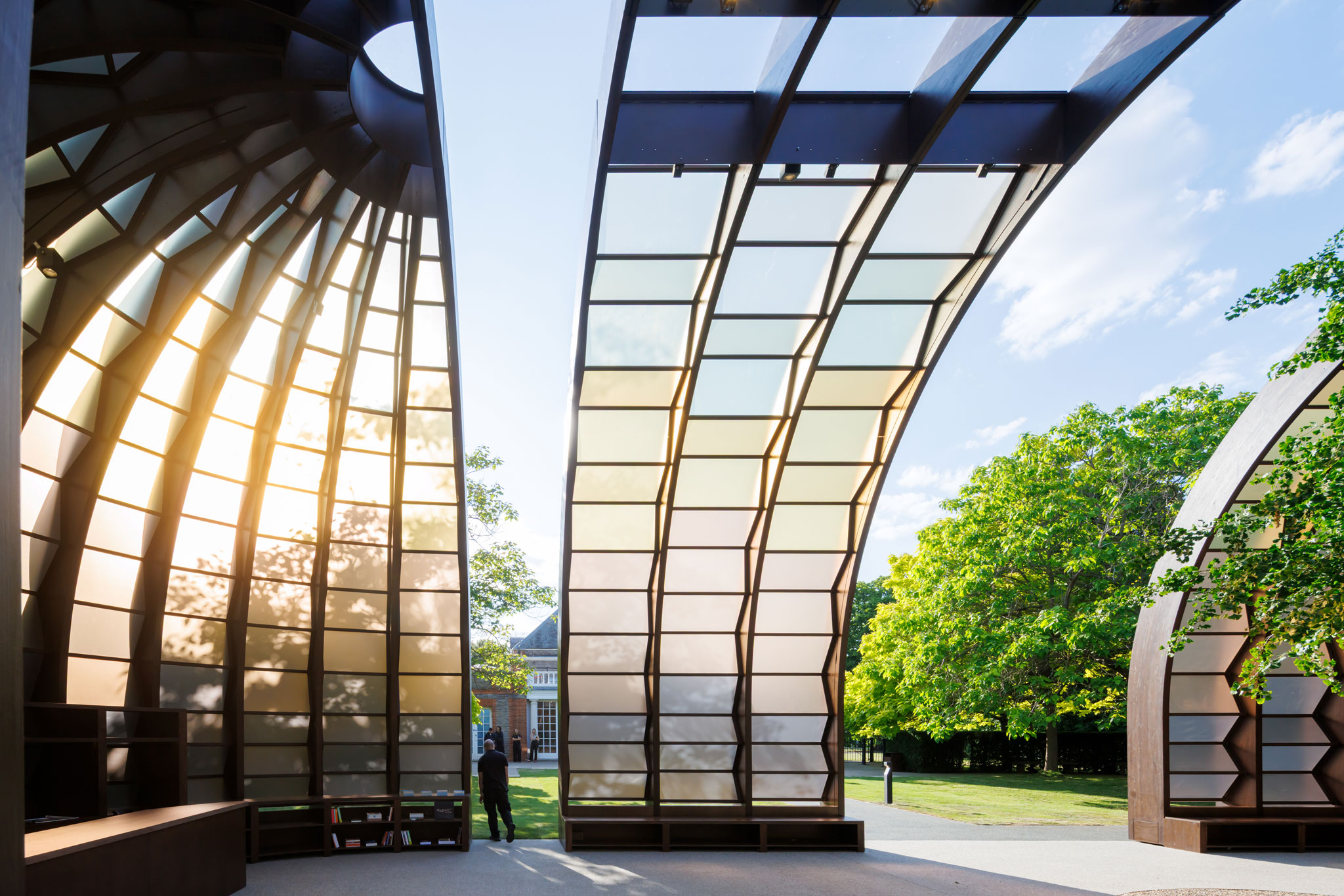
Exterior view. Serpentine Pavilion 2025. A Capsule in Time, by Marina Tabassum, Marina Tabassum Architects (MTA). Photograph by Iwan Baan. Courtesy of Serpentine.
Built around a semi-mature Ginkgo tree – a climate resilient tree species that dates back to the early Jurassic Period – Tabassum’s Pavilion, like much of Tabassum’s previous projects, considers the threshold between inside and outside, the tactility of material, lightness and darkness, height and volume. Throughout summer and into autumn, the Gingko tree leaves will slowly shift from green to luminous gold-yellow.
The selection of a Gingko was inspired by the fact that this species is showing tolerance to climate change and contributes to a diverse treescape in Kensington Gardens. The species is not susceptible to many current pests and diseases, and will be replanted into the park following the Pavilion’s closure in October.
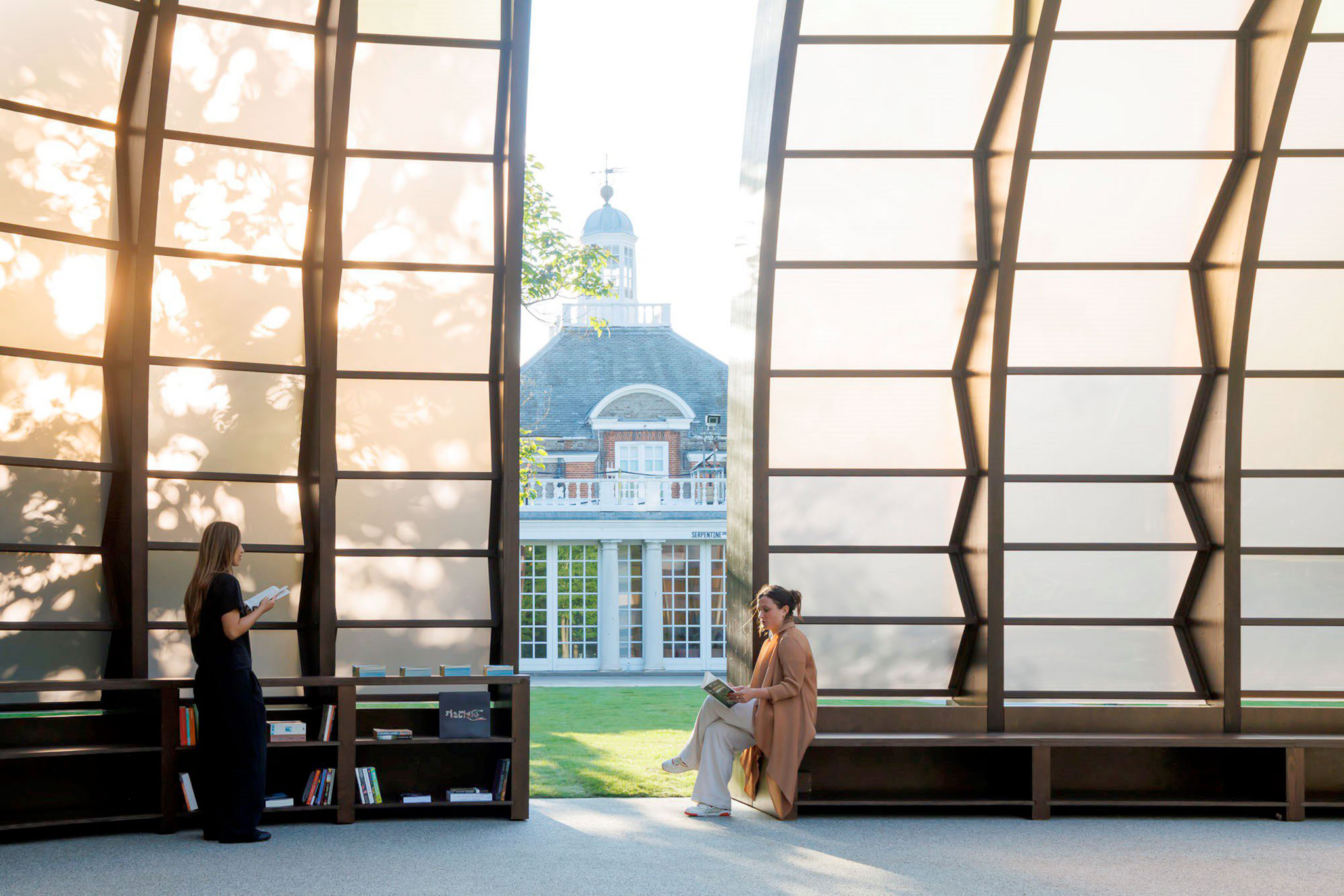
Exterior view. Serpentine Pavilion 2025. A Capsule in Time, by Marina Tabassum, Marina Tabassum Architects (MTA). Photograph by Iwan Baan. Courtesy of Serpentine.
In an era of increasing censorship, Tabassum expands on her desire for the Pavilion to function as a versatile space where visitors can come together and connect through conversations and the sharing of knowledge. Tabassum and her team at MTA have compiled a selection of books that celebrate the richness of Bengali culture, literature, poetry, ecology and Bangladesh. Stored on shelves built into the structure, it draws on the Pavilion’s afterlife once no longer sited on Serpentine’s lawn, which is envisioned as a library open to all.
